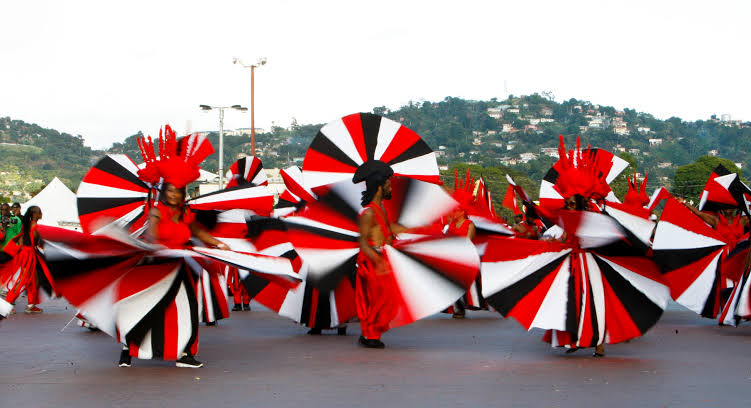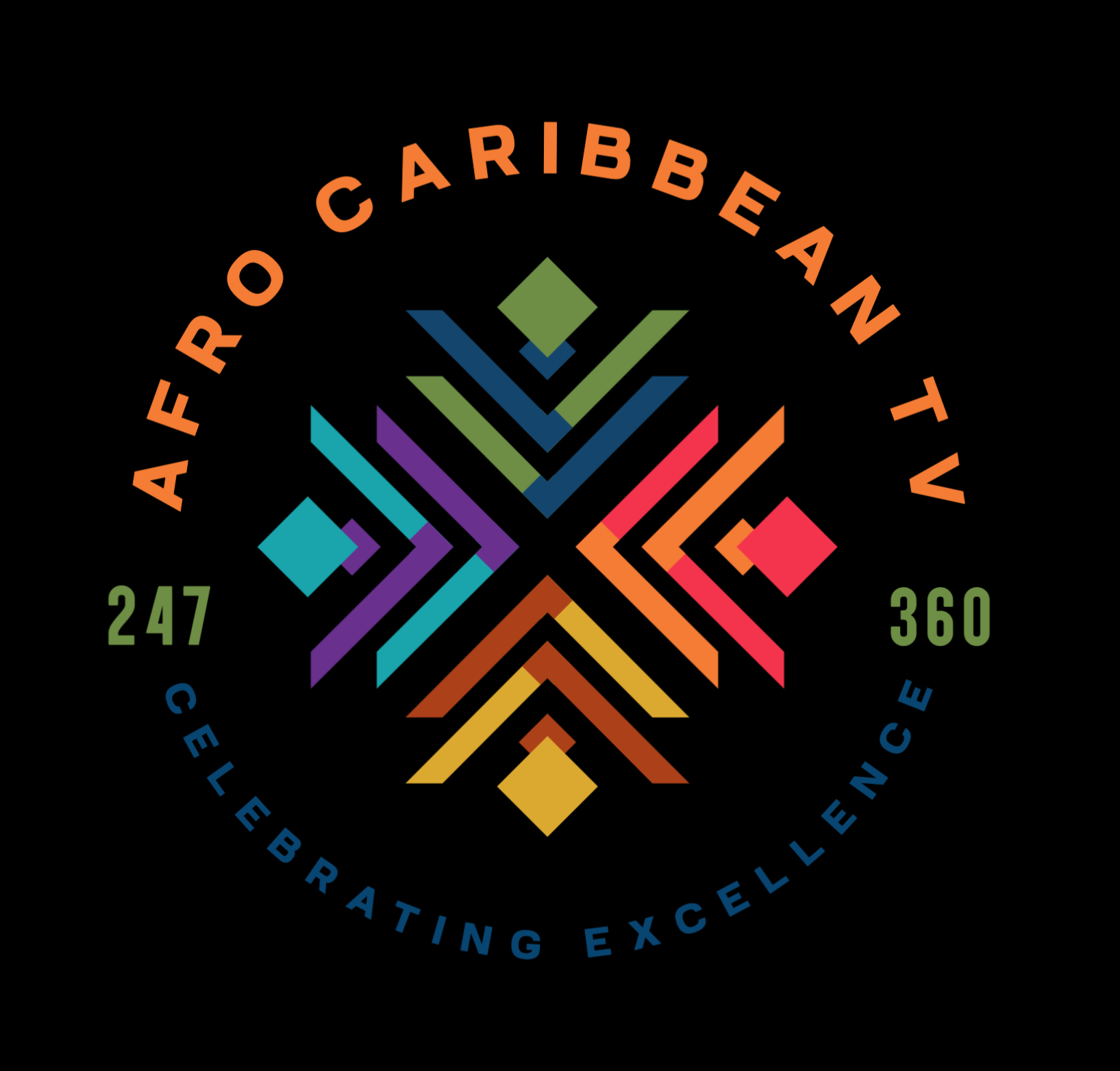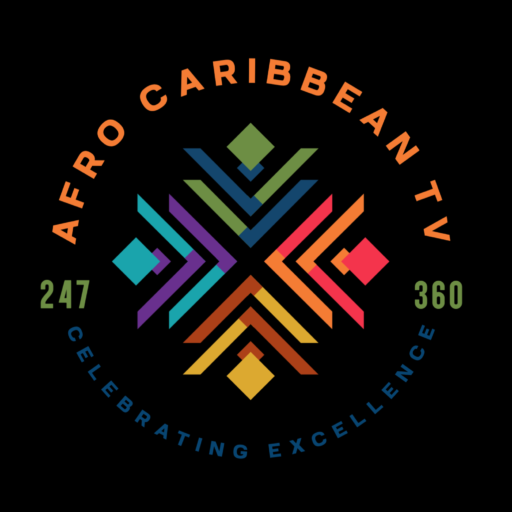
History of Trinidad and Tobago Carnival
Trinidad and Tobago Carnival is one of the most famous and vibrant festivals in the world, celebrated annually on the Monday and Tuesday before Ash Wednesday. Its history is deeply rooted in the country’s colonial past, African and European traditions, and the resilience of enslaved people.
Origins and Early Influences (18th–19th Century)
- French Influence (1783–1834):
- Carnival in Trinidad began with the arrival of French settlers in the late 18th century.
- The French brought their pre-Lenten masquerade balls and “fêtes champêtres” (outdoor parties), which were exclusive to the white elite.
- These celebrations included masks, costumes, and European-style dancing.
- African Influence (Pre-1834):
- Enslaved Africans were forbidden from participating in the European Carnival but created their own parallel celebrations.
- They used drumming, stick-fighting (kalinda), and masquerade to mock their enslavers and preserve African traditions.
- Elements like call-and-response singing and rhythmic drumming became the foundation of modern Calypso music.
- Emancipation and the Rise of “Canboulay” (1834–1880s):
- After slavery was abolished in 1834, freed Africans took to the streets in celebration.
- They introduced “Canboulay” (from the French “cannes brûlées,” meaning burnt cane), a festival that reenacted plantation uprisings with torches, drums, and processions.
- British authorities attempted to ban drumming and Canboulay, leading to the Canboulay Riots of 1881, where Afro-Trinidadians resisted colonial repression.
Evolution into Modern Carnival (20th Century – Present)
- Masquerade and Costumes:
- Traditional African and European masquerade styles merged to create distinct characters, like the Pierrot Grenade, Midnight Robber, and Dame Lorraine.
- Over time, costumes became more elaborate, leading to the modern-day “Pretty Mas” with feathered and bejeweled outfits.
- Rise of Calypso and Soca Music:
- Calypso music emerged in the early 20th century as a form of social and political commentary.
- In the 1970s, Soca music (a faster, more rhythmic evolution of Calypso) became the dominant genre of Carnival.
- Steelpan Music (1930s–Present):
- After authorities banned African drumming, Trinidadians innovated by creating steelpan instruments from discarded oil drums.
- Steelpan became the national instrument of Trinidad and a core part of Carnival’s sound.
- J’ouvert & Parade of Bands:
- J’ouvert (French for “daybreak”) kicks off Carnival in the early morning with mud, oil, and paint-covered revelers.
- The main event, the Parade of the Bands, features costumed masqueraders dancing through the streets to live Soca and steelpan music.
Carnival Today
- Trinidad and Tobago Carnival has grown into an internationally recognized festival, attracting visitors from around the world.
- It has inspired similar Carnivals in cities like Notting Hill (London), Caribana (Toronto), and Brooklyn’s Labor Day Parade (New York).
- The festival continues to be a powerful celebration of freedom, identity, and cultural expression.


